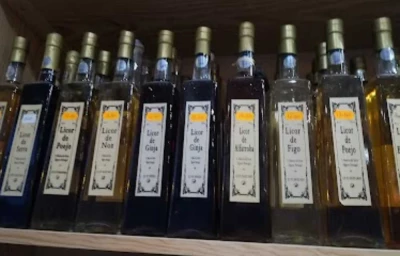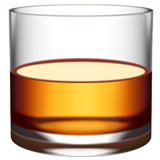

VARIOUS LIQUEURS (DOSE)
3,25 €
In the Middle Ages, wine (and later, alcohol) was the main antiseptic; but plants, roots, and herbs were researched by monks for the treatment of various diseases. Alchemists carried this research forward. Records point to Arnaldo de Vilanova, a Catalan scholar born around 1240, as the inventor of "modern tinctures in which the virtues of herbs are extracted by alcohol." With his disciple Ramon Llull, he was the first to write a treatise on alcohol and disseminate recipes for healing liqueurs. Lemon, rose, and orange blossom were mixed with sweetened alcohol. There is evidence of the addition of gold nuggets to the mixtures, considered panaceas (remedies for all ills). When the Black Death spread across Europe in the 14th century, liqueurs combined with herbal balms and tonics became precious medicines. In addition to wine brandy, other alcohols were used to make liqueurs, such as rum. It was common to make liqueurs at home and use them in cooking and confectionery. During the 19th century, the distillation industry grew. Many varieties of liqueurs appeared on the market, and homemade ones began to disappear. The Italians refined the production of liqueurs. Queen Catherine de Medici, during a visit to Italy, brought some recipes back to France. Louis XIV, a connoisseur of the drink, delighted in a liqueur of amber and anise seeds, cinnamon, and musk.